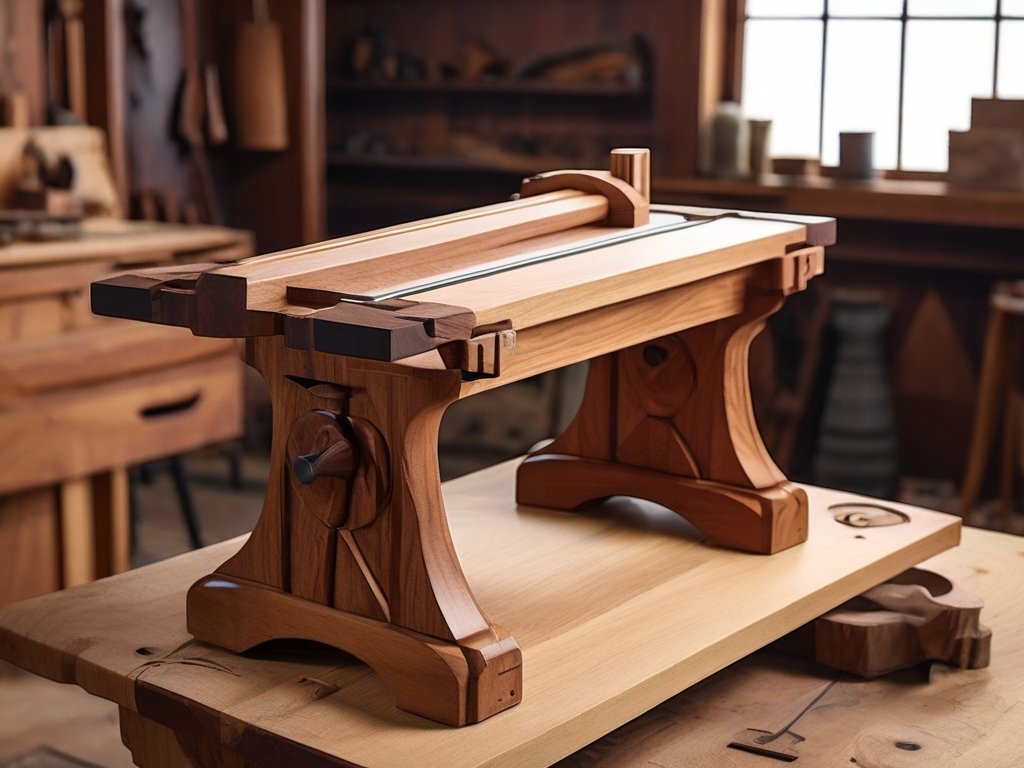Embracing Tradition: The Resurgence of Traditional Woodworking in a Digital Age
In an era dominated by mass-produced goods and digital technology, there has been a notable resurgence of interest in traditional woodworking methods. This revival is driven by a desire for authenticity, craftsmanship, and connection to the past in a world that often feels increasingly digital and disconnected. In this article, we delve into the resurgence of traditional woodworking, exploring its appeal, techniques, and the community it fosters.
The Appeal of Traditional Woodworking: Traditional woodworking holds a timeless allure that resonates with individuals seeking to reconnect with the past and engage in a tangible, hands-on craft. In contrast to the impersonal nature of mass-produced furniture, handcrafted wooden pieces exude warmth, character, and a sense of history. The process of transforming raw lumber into functional and aesthetically pleasing objects fosters a deep appreciation for the materials and techniques employed, creating a profound sense of satisfaction for the craftsman and admiration from others.
Techniques and Tools of Traditional Woodworking: At the heart of traditional woodworking are time-honored techniques and hand tools that have been passed down through generations. Hand saws, chisels, planes, and carving tools are meticulously used to shape and refine wood, allowing craftsmen to achieve precision and detail that are often unmatched by modern machinery. Joinery techniques such as dovetailing, mortise and tenon, and hand-cutting intricate designs showcase the skill and artistry of the craftsman, resulting in heirloom-quality pieces that stand the test of time.
Embracing Sustainability and Natural Materials: In addition to its aesthetic appeal and craftsmanship, traditional woodworking emphasizes sustainability and the use of natural materials. Many enthusiasts prefer working with locally sourced wood, salvaged lumber, or reclaimed timber, minimizing environmental impact and preserving the beauty of native hardwoods. By embracing sustainable practices and prioritizing quality over quantity, traditional woodworkers contribute to the conservation of forests and promote a deeper connection to nature through their craft.
The Community of Traditional Woodworking: Beyond the act of woodworking itself, there exists a vibrant community of artisans, craftsmen, and enthusiasts who share a passion for traditional techniques and craftsmanship. Woodworking guilds, forums, and social media groups provide platforms for knowledge sharing, skill development, and camaraderie among like-minded individuals. Workshops, classes, and woodworking events offer opportunities for beginners to learn from seasoned professionals and for experienced woodworkers to pass on their knowledge to the next generation, ensuring that traditional woodworking continues to thrive and evolve.
Preserving Heritage and Passing on Traditions: As interest in traditional woodworking grows, there is a renewed emphasis on preserving heritage techniques and passing on traditions to future generations. Apprenticeships, mentorship programs, and educational initiatives aim to keep traditional woodworking skills alive and relevant in an ever-changing world. By instilling a sense of pride and craftsmanship in aspiring woodworkers, these efforts ensure that the rich legacy of traditional woodworking endures for years to come, providing a timeless and invaluable contribution to our cultural heritage.
The resurgence of traditional woodworking represents a return to simplicity, authenticity, and craftsmanship in an age of mass production and digitalization. By embracing time-honored techniques, sustainable practices, and community engagement, traditional woodworkers reaffirm the enduring value of handcrafted objects and the profound satisfaction derived from creating something with one’s own hands. As the tradition of woodworking continues to evolve and adapt to the modern world, its timeless appeal and intrinsic beauty will continue to captivate and inspire generations to come.




Post Comment